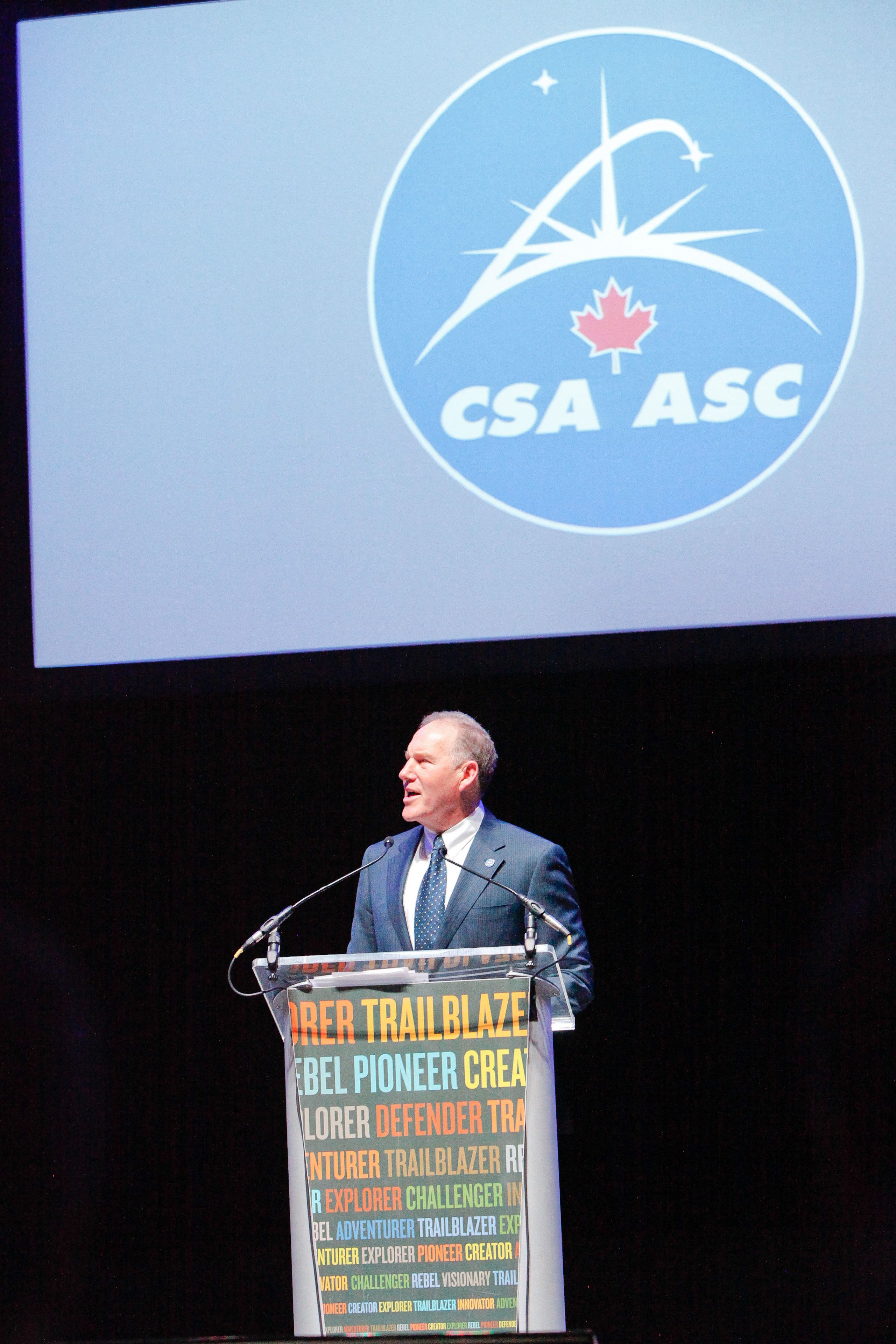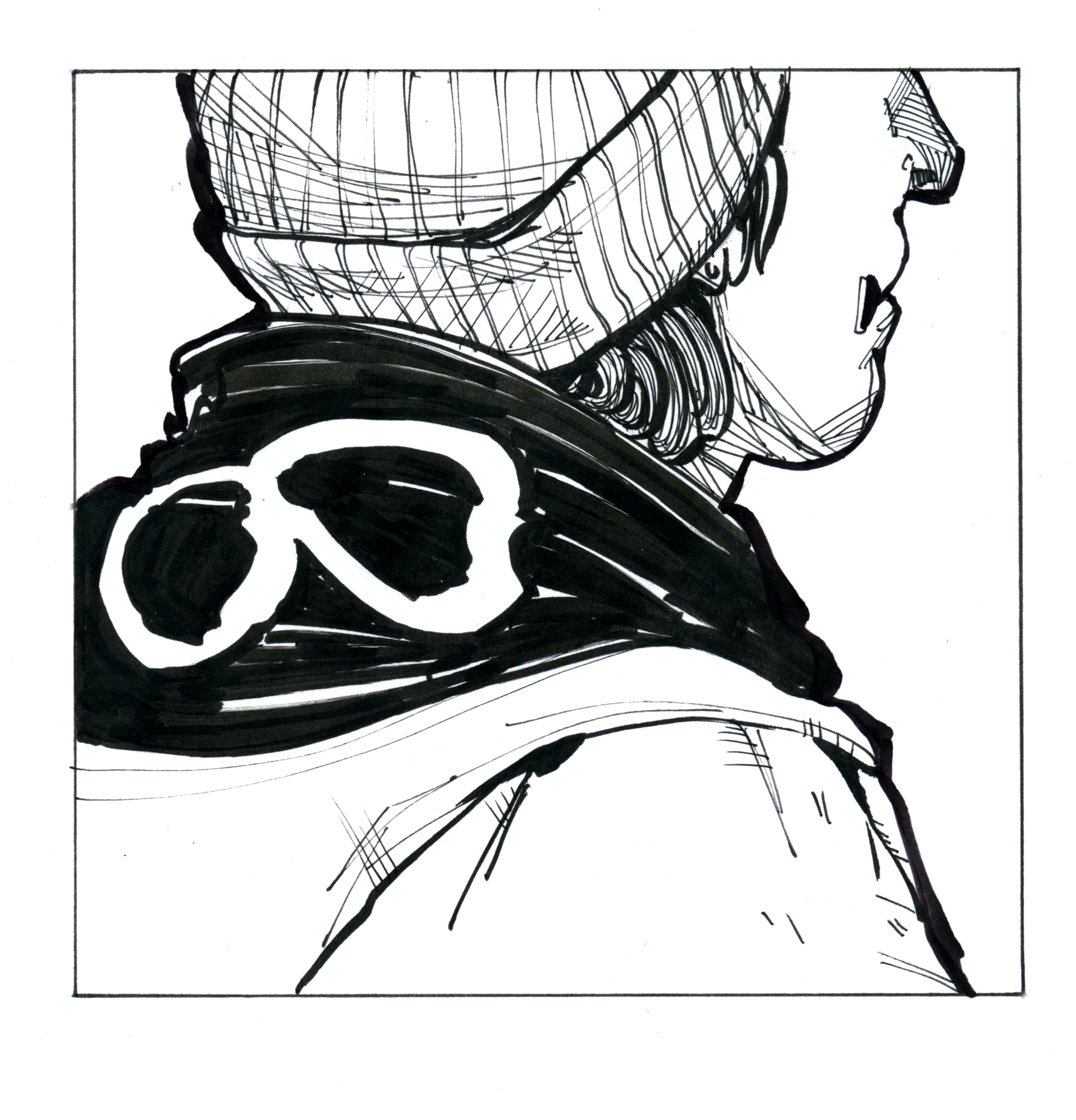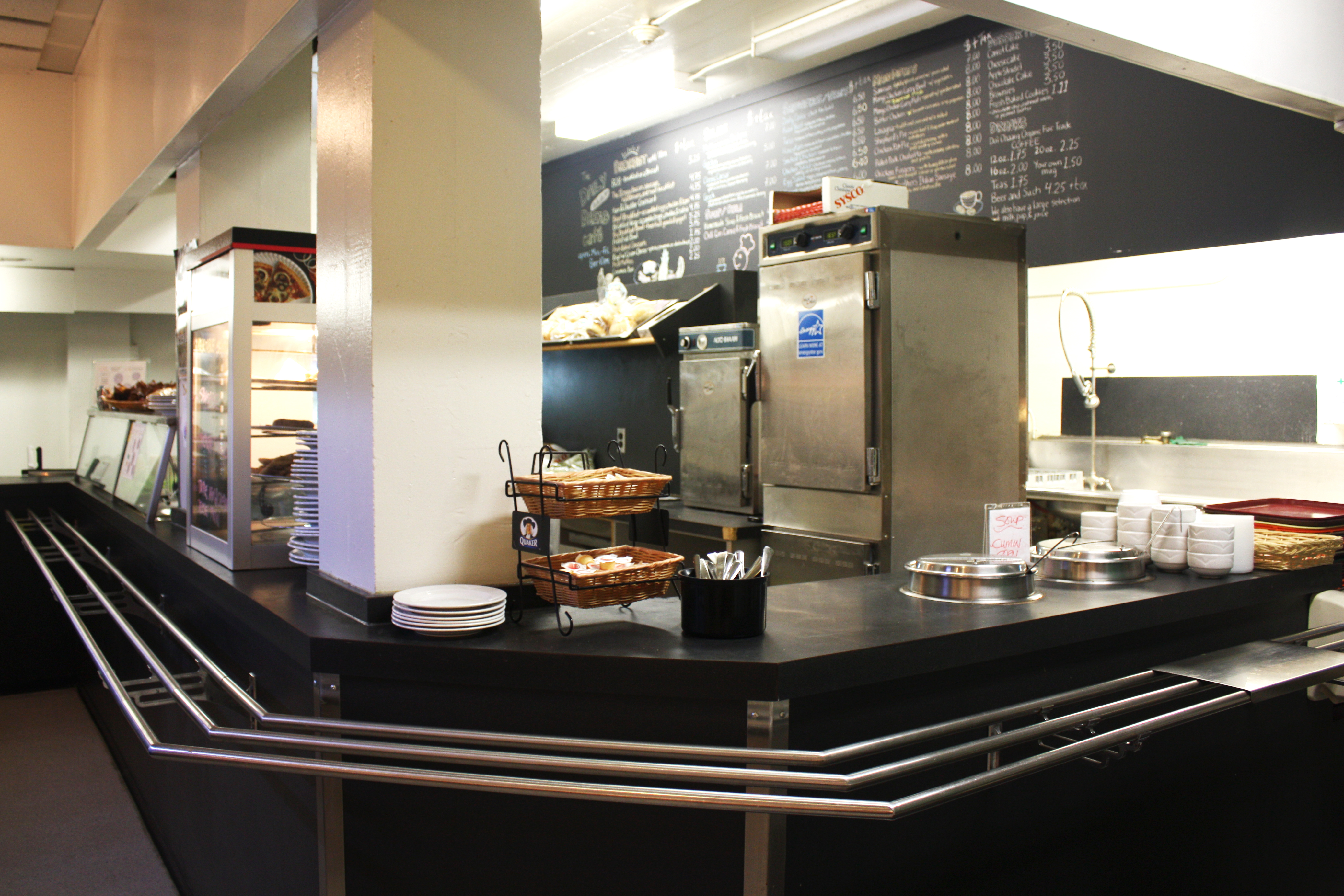Daria Salamon, author of the Prairie Bridesmaid, finds that she does her best writing when she starts at 10 p.m. and works away into the night. Otherwise she “needs to consume an entire pot of coffee,” she confessed to Morley Walker as part of the article “Pencil Pushers,” an exposé in The Winnipeg Free Press on how a handful of authors from Manitoba “get from page one to publication.”
Whether it is a novel, a master’s thesis or a research essay, writing is a highly individualistic process. Writing tutors from the University of Manitoba’s Learning Assistance Center (LAC) share what helps them fill the page, be it a clean desk, a fresh pen or a hot cup of coffee. Here are their words of advice:
“If I could attribute any success I have had as a writer to a single factor, it would undoubtedly be coffee. This is because I most commonly write at night, and often in the wee hours of the morning. This is not so much a preference as a habit that has grown out of necessity. Despite this (bad) habit of writing under pressure, I find it very important to spend a lot of time doing research and thinking about my topic well in advance, and even discussing it with others. The most important thing for me is to engage with the material early on in the process. That way when I sit down to write, even if it happens to be just before midnight, I know that I will be able to produce a competent piece of writing.” — Yared Mehzenta
Writing an assignment can give the feeling of “page fright” — a blank page only reminds you of its emptiness and the task at hand feels like a chore. One LAC tutor, Nadia Chana finds this is more of a psychological battle and makes sure to “psyche” herself up for writing.
“A few days before the deadline (and one or two days after I have started psyching myself up, visualizing myself writing calmly, happily and easily) I look at how to organize the information. I write and rewrite outlines until I have a clear structure before I begin writing. I drink a lot of tea to procrastinate. I allow myself to be a little bit unfocused at first, because I know it takes me time to warm up, but I am stricter with myself after the first day. At this point, the deadline is usually close enough to drive me to writing in a way that is both focused and creative.” — Nadia Chana
For some people, simply writing something on the page helps to ease the pressure:
“Often when I start writing I will repeat the title of my paper or write a throw-away sentence, just to see something on the page. I think this makes getting started a little less intimidating. Prior to sitting down at my laptop I read and think. Reading what others have said about a topic and thinking how this relates to my topic often helps me begin to form an outline in my head. Once I feel like I have something to write about, I sit down at the computer and just type until I can’t think of anything else to say. What ends up on the page is not usually a final product but more of a stream of ideas of thoughts that can be used and built on in different sections of the paper.” — Heather Henley
Ashley Bhullar on the other hand, breaks down her assignments into smaller, more manageable pieces.
“Writing an essay, no matter how many times I’ve done it before, is always intimidating. To make it easier, I break my task up into pieces. I start off by dividing up my assignment and determining what the requirements are for my paper. Then I pick one section and brainstorm general ideas just so I have something written down (I always feel that I’ve done more if I have at least something written down).” — Ashley Bhullar
A lot of time spent on a writing assignment is actually dedicated to researching, reading or brainstorming for ideas. As a science student, Lee-Anne Tesluk has her own system for organizing information.
“Being a science student, my papers usually require significant amounts of research before I can begin to write. After printing out the articles that I think I might want to use, I pull out the highlighters. I highlight the information in the articles that are related to my topic. I use different colours to highlight the different subtopics (i.e. pink for physical symptoms of the disease, blue for emotional aspects related to the disease).” — Lee-Anne Tesluk
Tina Gigliotti has identified how to capture her best ideas — even when they come “at the strangest times.”
“I usually get my best ideas at the strangest times. I always carry a sketchbook during the day and I leave it on my bedside table at night. While attempting to fall asleep my mind starts to settle down and allows me to achieve clarity of thought that is unattainable in broad daylight. Often I will wake up in the middle of the night with an exciting idea, or fully formed sentences I need to jot down. Although these notes are not always readable in the morning light, they are undeniably helpful in my writing process. My dreams even seem to manifest solutions to my conscious struggles over certain notions. This same productivity also occurs while going about the mundane routine of my life — when I am eating breakfast, brushing my teeth, or showering.” — Tina Gigliotti
David Bergen, a Manitoba-based author with five novels under his belt, needs a highly controlled environment to do his best writing. He described his office to Walker as “very sparse, with a painting by the Vietnamese artist Hoang Dang as the only aesthetic element on the wall. No Internet. No call answer. No music.” Rebecca Chakraborty also needs to cut out any distractions in her writing space.
“While I am never, ever able to study at home, I am rarely ever able to write anywhere other than at my desktop at home, in complete silence. No distractions are allowed, not even food. However, getting up to get myself a warm cup of chocolate milk when it’s cold out, or a cold glass of water when it’s hot out often helps me when I am stuck. Being in a hurry and writing do not, sadly, mesh in my world, as I need plenty of time to read and re-read assignment guidelines and to mull over ideas in my head before I get started.” — Rebecca Chakraborty
For Lauren Harris it is not where, but what she uses to write.
“One of my secrets is to write everything by hand before I type it. I feel like this helps me to focus more on the words themselves, because I have to formulate them and then write them down. Reading the words as I write them also keeps me more grounded in my topics, because I have a more intense connection with each phrase that I have chosen, rather than just blankly staring at a computer screen.” — Lauren Harris
For some writers the biggest challenge is not starting the process, but knowing when to end.
“The most challenging part of the writing process for me would be the end or deciding the document is ‘finished.’ I always feel that improvements can be made either by adding additional content or writing in a more dense fashion. For me the production of a ‘final document’ usually coincides with a deadline rather than a feeling that the document is finished.” — Heather Henley
“My thesis advisor Robert Kroetsch used to say that ‘writing should really be called rewriting’ because revising and editing are so important to the finished piece. My own rewriting process has evolved over the years, though some steps have remained constant The only problem with rewriting is knowing when to quit, since it’s potentially never finished. I think this is why I need to work to a deadline — once the piece is due somewhere else, I must stop tinkering with it and let it go. Therefore, the last step in rewriting for me is the same as the first: walk away, Lynne. Just walk away.” — Lynne Martin
There is no one size fits all set of guidelines and just as author Daria Salamon works best starting at 10 pm, novelist Martha Brooks wakes at 7 am to write. When it comes to writing what works for some does not work for others. The best thing to do is to find what works for you, once you have done that — stick with it.
The Learning Assistance Center located at 201 Tier provides a free writing tutor service which is available to and supports all University of Manitoba students.




